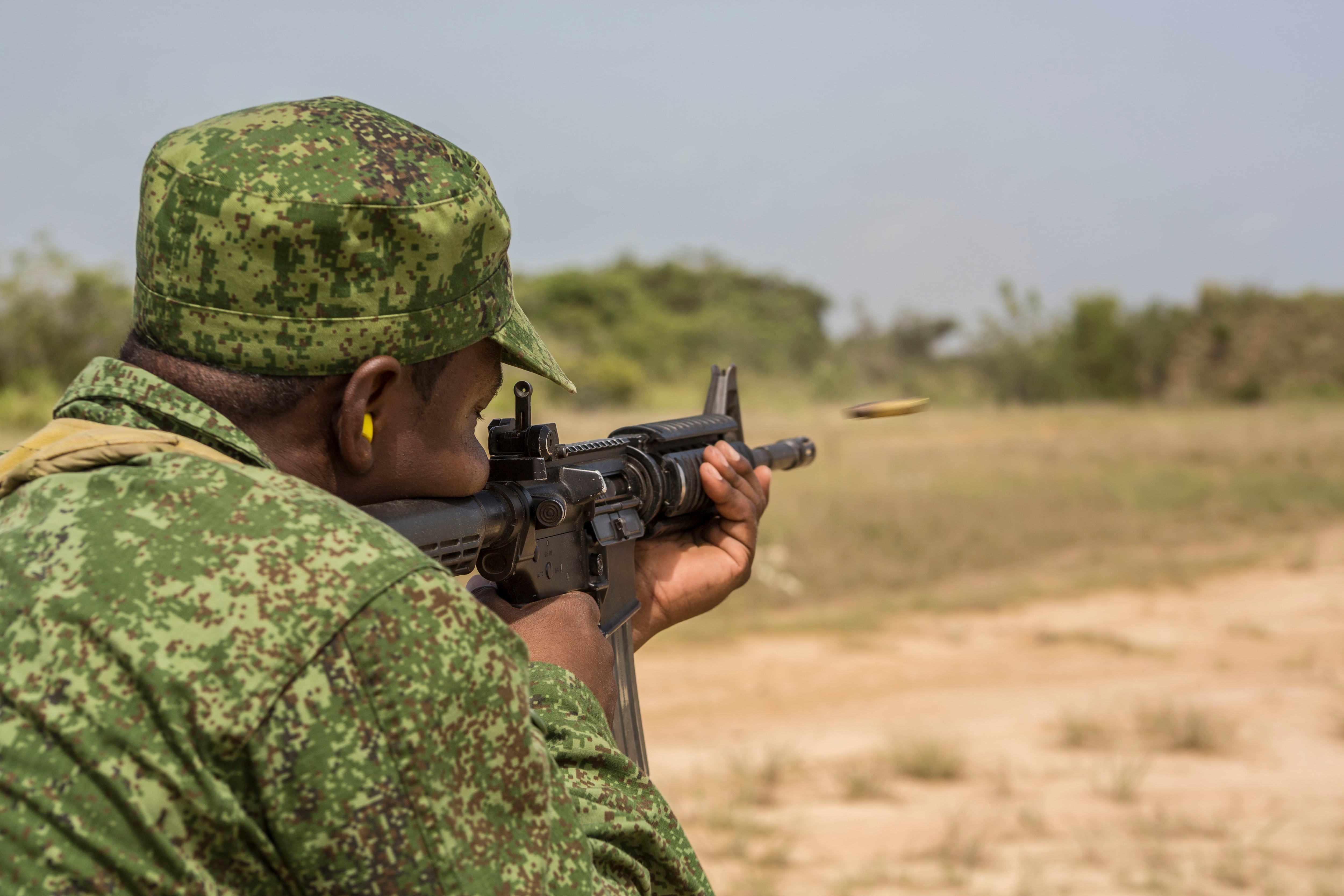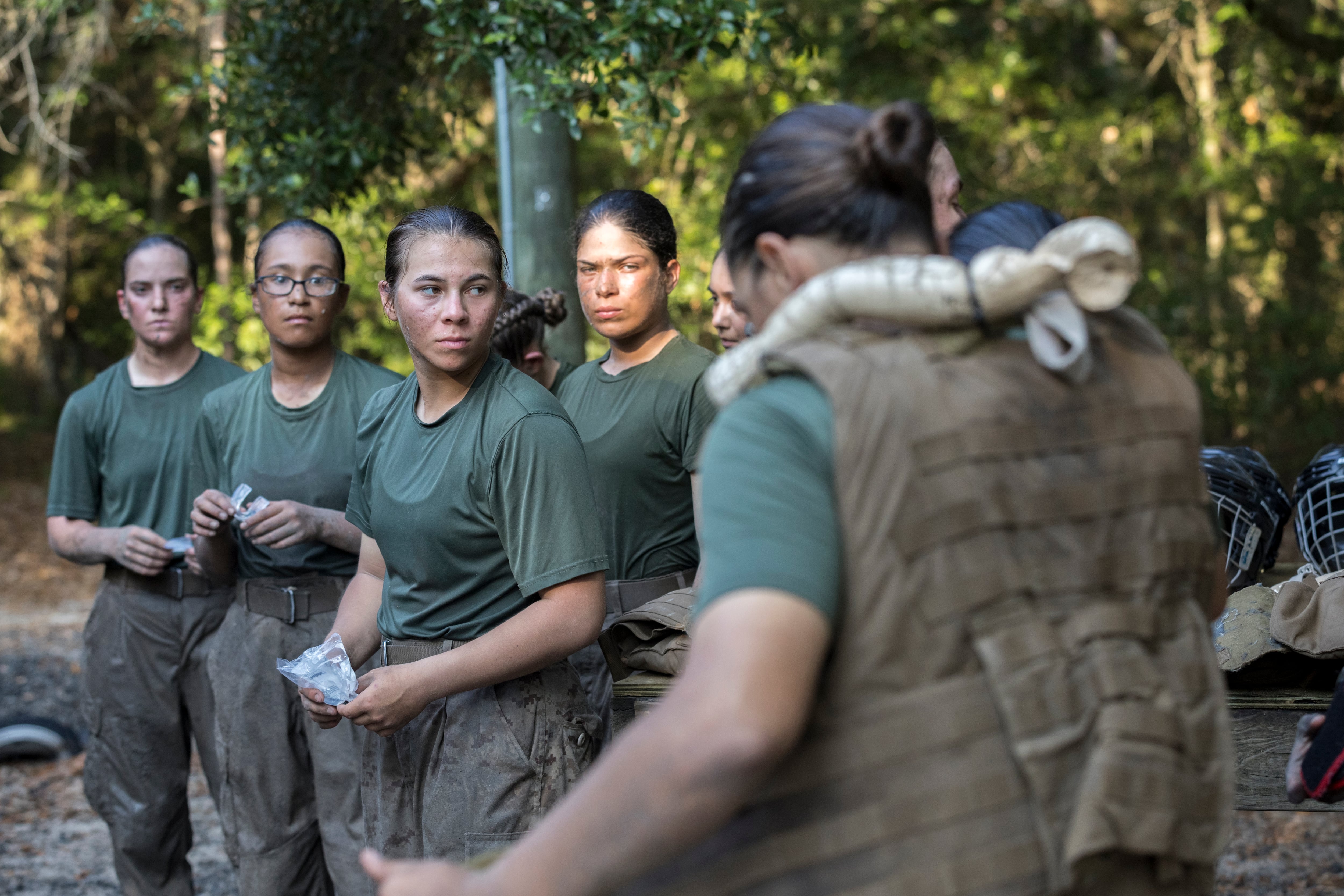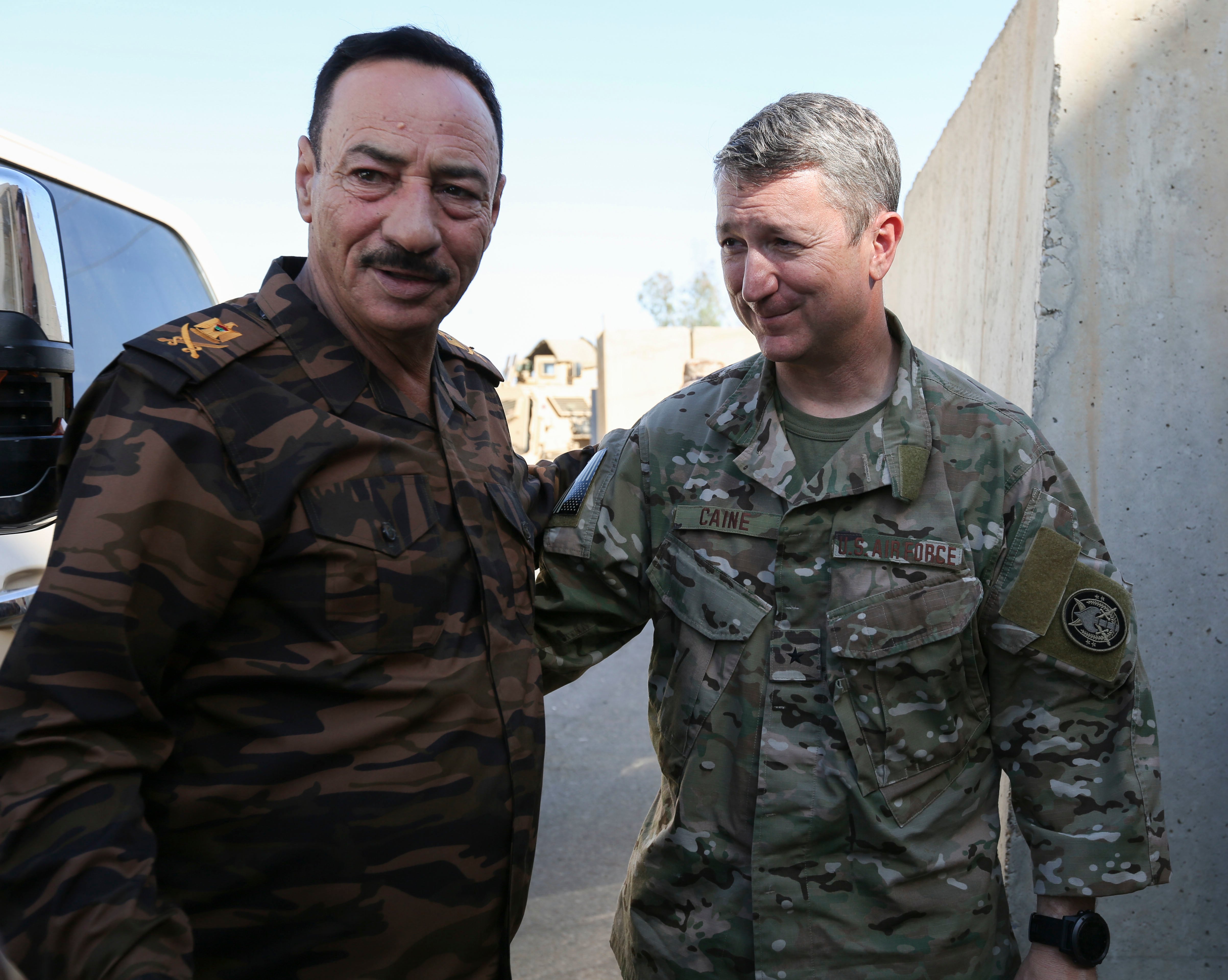About 250 troops from Mexico, Central America and the Caribbean participated in the second Belize phase of Tradewinds 2015 alongside about 100 U.S. Marines. Roughly two dozen of those Marines hailed from the brand-new Special Purpose Marine Air-Ground Task Force-South, which deployed in early June earlier this month to provide humanitarian support and assistance to Central American nations during the six-month hurricane season.
Other Marines in the exercise came from 2nd Law Enforcement Battalion out of Camp Lejeune, North Carolina, and the Reserve 4th Civil Affairs Group, a Reserve unit out of Hialeah, Florida. Participating partner nations included Antigua and Barbuda, Barbados, Grenada, Jamaica, St. Kitts and Nevis, St. Vincent and the Grenadines, Suriname, Trinidad and Tobago, Mexico, Canada and the United Kingdom.
Officials with Marine Corps Forces South, which oversaw the exercise in Belize, said they were heartened to see partner nations from the area ask for more intense and demanding training patterns this year.
"This is a real tribute to the increasing maturity of our partners," Brig. Gen. David Coffman, the outgoing commander of MARFORSOUTH, said. "They have routinely critiqued the exercise as too easy or too low a bar, so we specifically designed a more challenging exercise."
In the marksmanship track, for example, Coffman said, the exercise's facilitators added in high-end skills such as close-quarters battle and shooting in urban environments. The troops' success on the tougher course was mixed, he said, which indicated the training had reached an appropriate level of difficulty.

Belizean 2nd Lt. Herey Morgan shoots an M4 service rifle at Hattieville Range, Belize, on June 17.
Photo Credit: Lance Cpl. Kimberly Aguirre/Marine Corps
Also new this year was were a riverine training track, made possible with high-speed riverboats provided by participating Mexican Mmarine units, along with nd jungle warfare skills training that included survival and patrolling skills, courtesy of the Belizean Defence Force.
One key concept for the exercise — human rights awareness — was integrated into nearly every training track with realistic scenarios that required participants to make quick ethical decisions, said Coffman said. For example, he said, a track focused on crime-scene handling evaluated troops on how they treated civilians they encountered in the course of their work, he said.
Effective training in human rights was particularly key for the nations in the U.S. Southern Command area of responsibility within MARFORSOUTH, Coffman said. For many countries in the region, military personnel troops often support civil law enforcement missions roles in addition to their traditional military ones, heightening the need for ethical decision-making and attention to potential abuses.
For Marines from Special-Purpose Marine Air-Ground Task Force-South, who participated in certain training events tracks and provided logistical support for the exercise with the aid of CH-53 Super Stallions attached to the unit, Tradewinds was a first opportunity to "show what the SPMAGTF can do in the region," Coffman said.
Following the conclusion of the second Belize phase of Tradewinds, 23 task force Marines stayed behind in the country to conduct embark on civil affairs work with local troops. In the next 60 to 90 days, the task force will be put to work completing local building and engineering projects as requested by Central American nations and training partner militaries.
Aside from strengthening relationships, Tradewinds gave leaders of local military units a chance to see Marines from the new task force in action and gain a sense of their abilities. Coffman said he had recently had a chance to stay at a Belizean hotel renovated by U.S. Marine engineers as part of an infrastructure project.
"The chief of the Belizean Defence Force told me he was amazed by the quality of work and the Marines' capability," he said. "The region may not be quite ready for how fabulous these Marines are."




